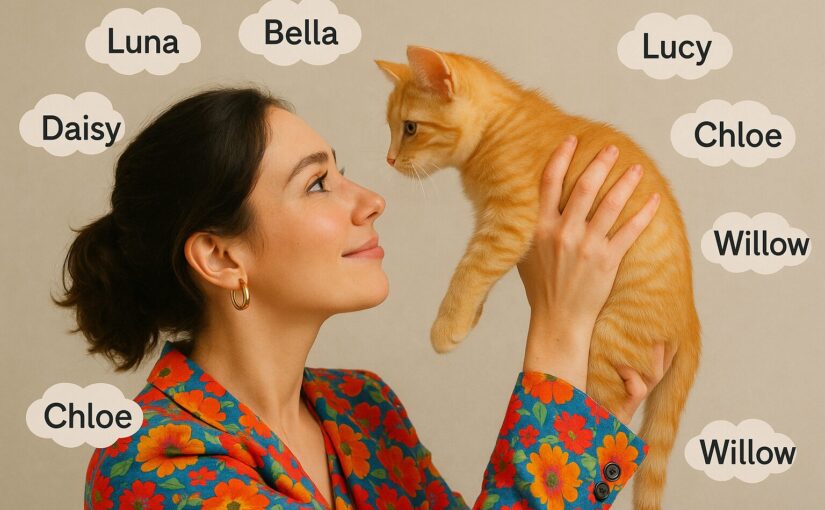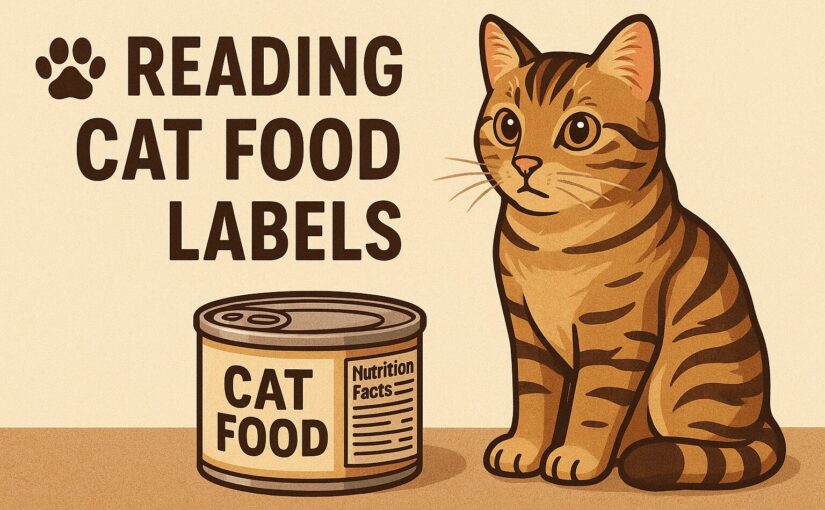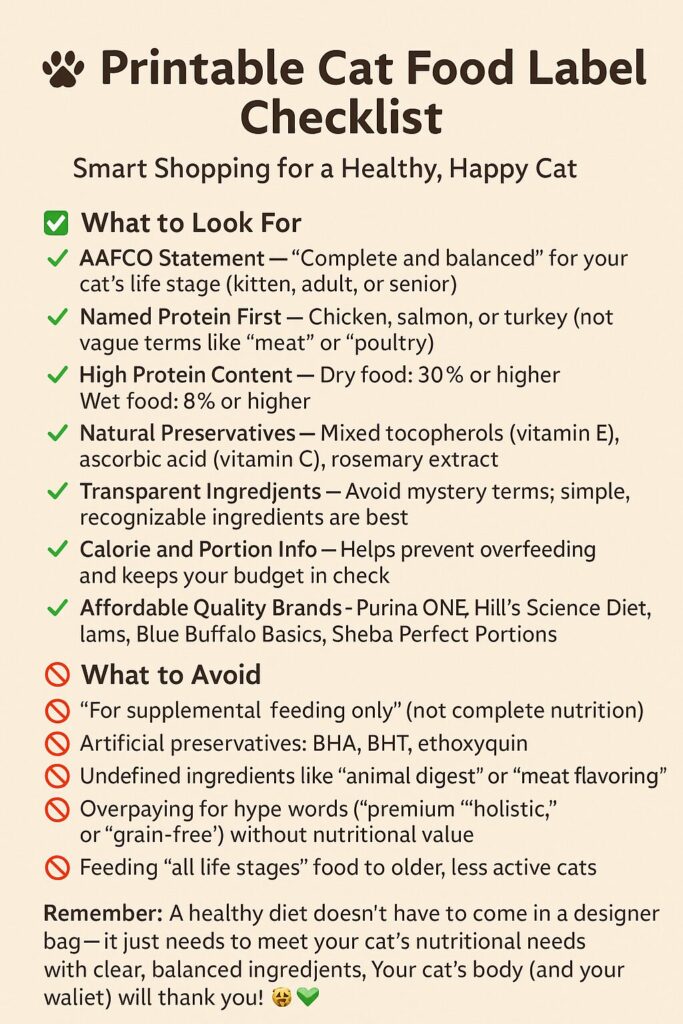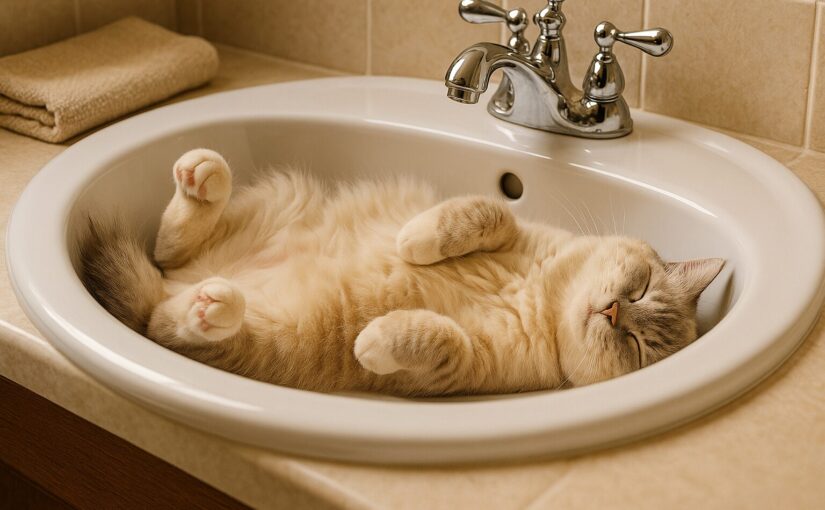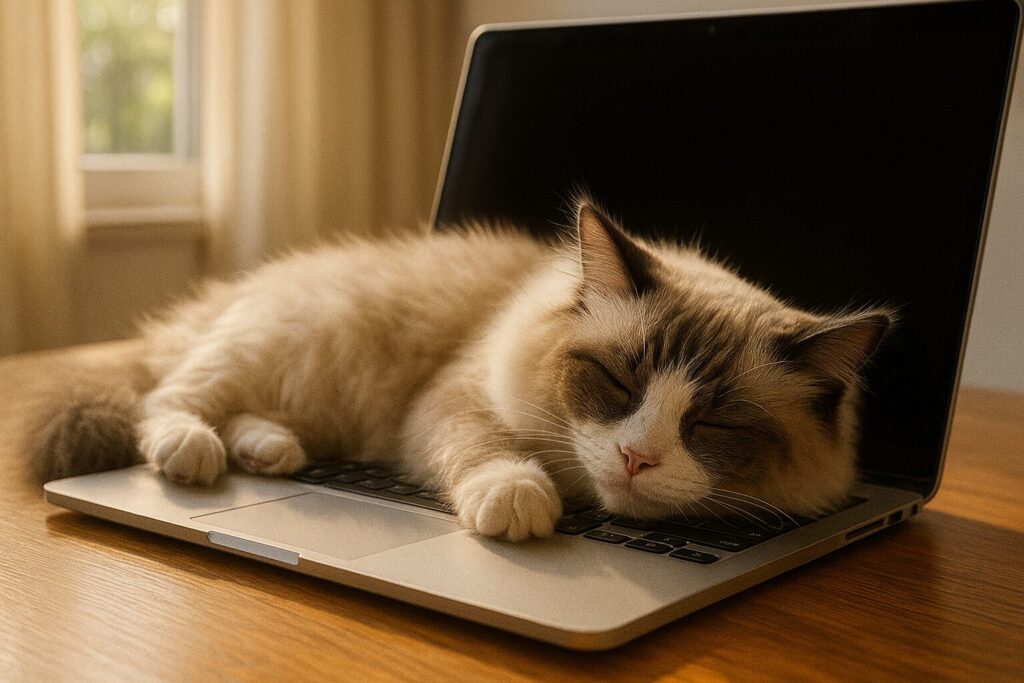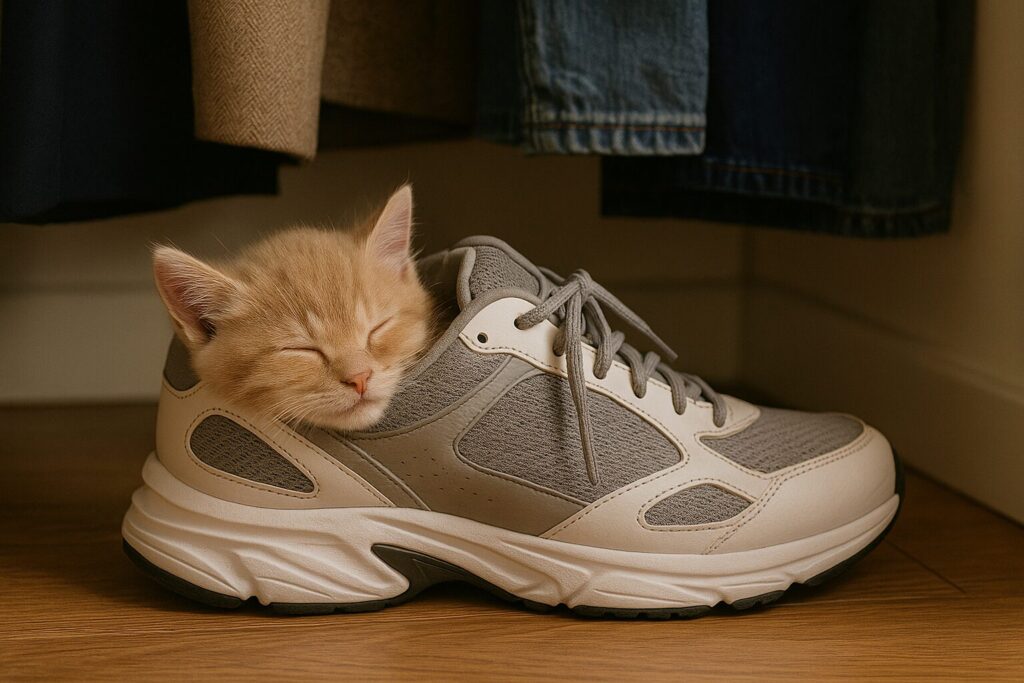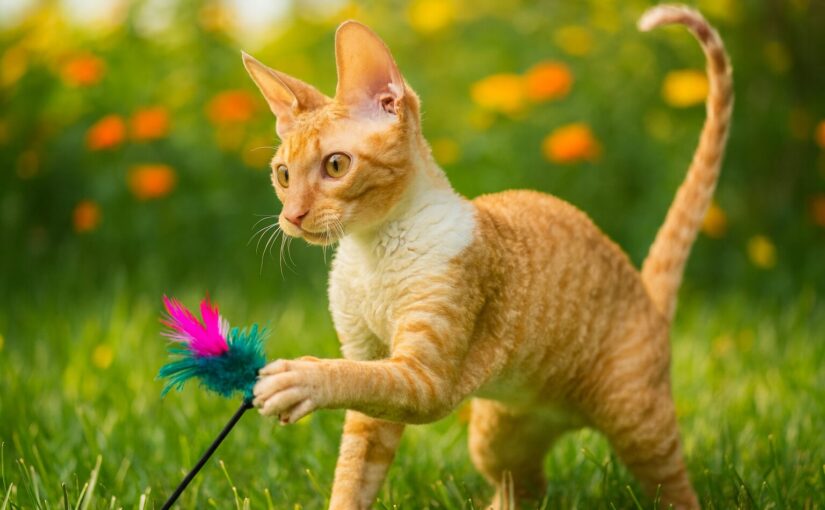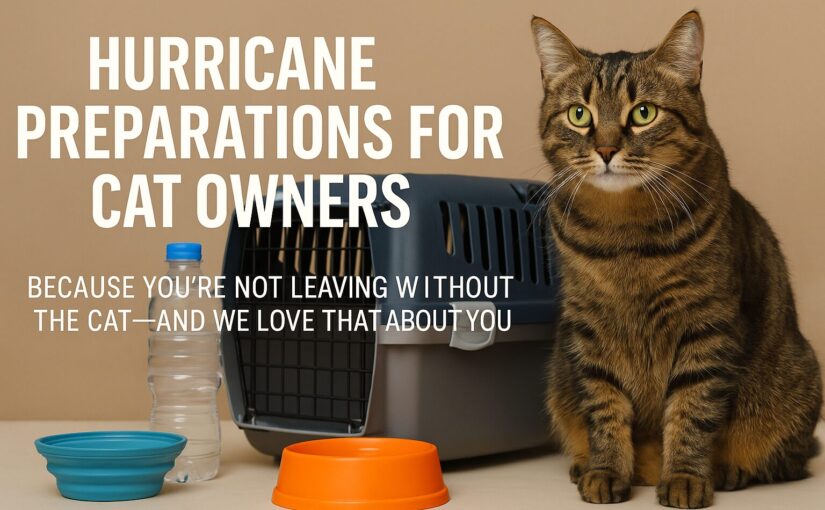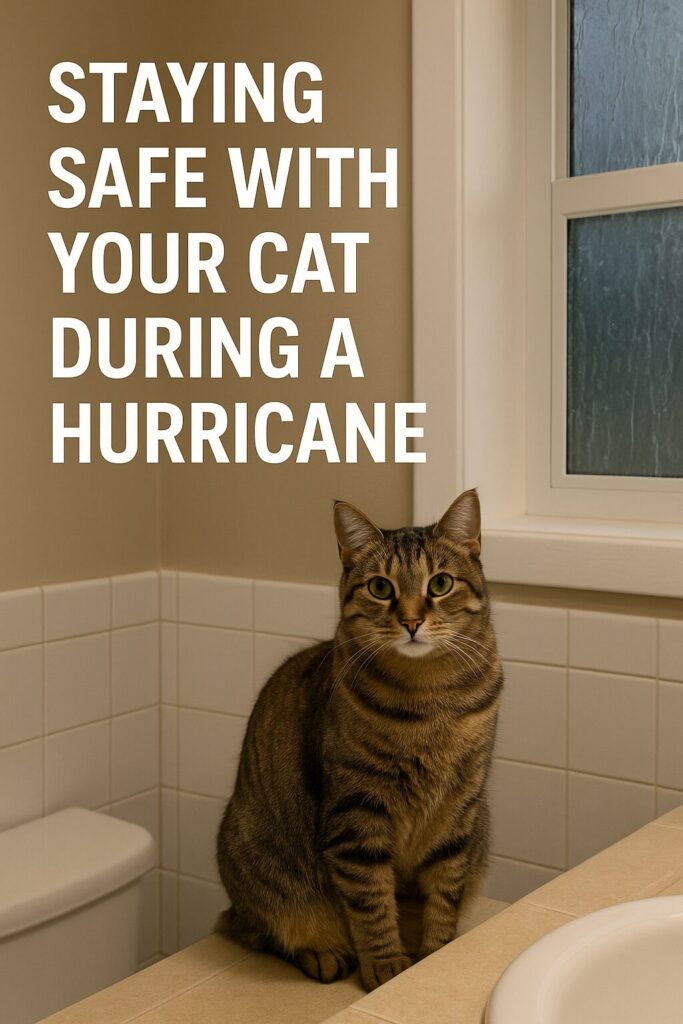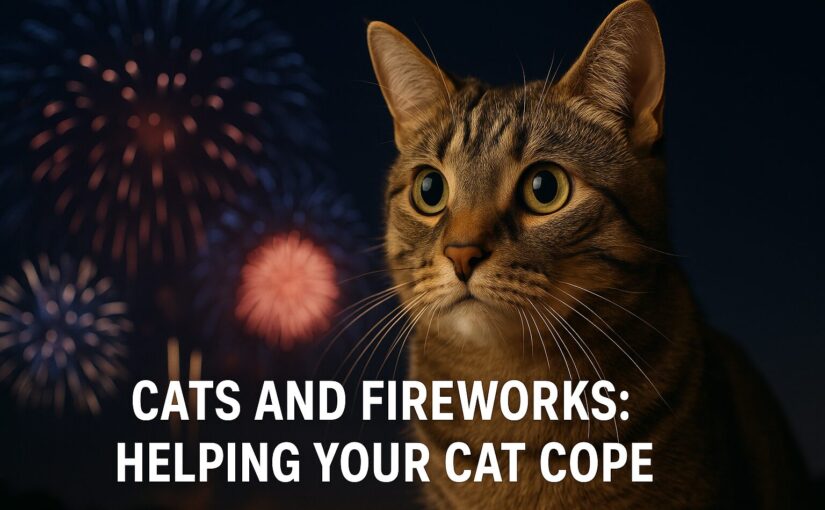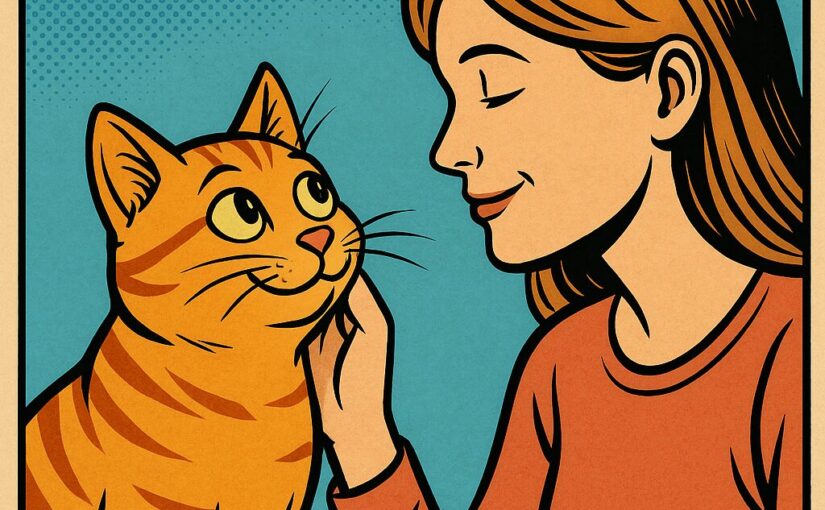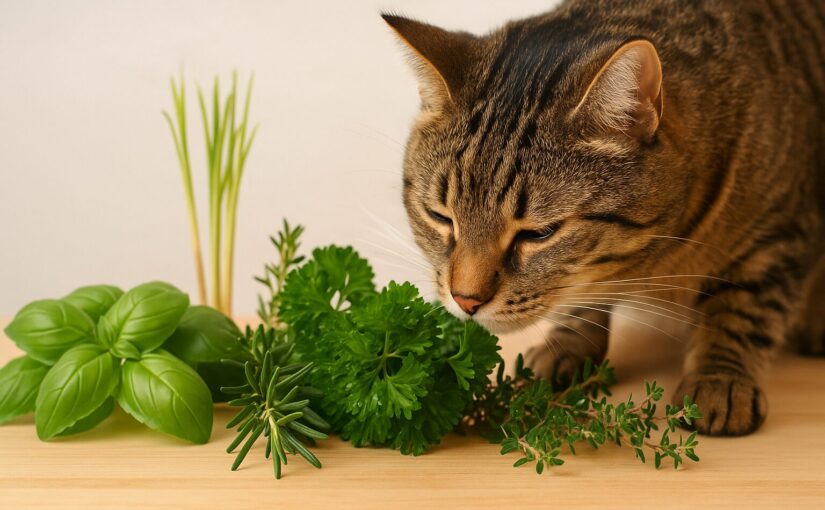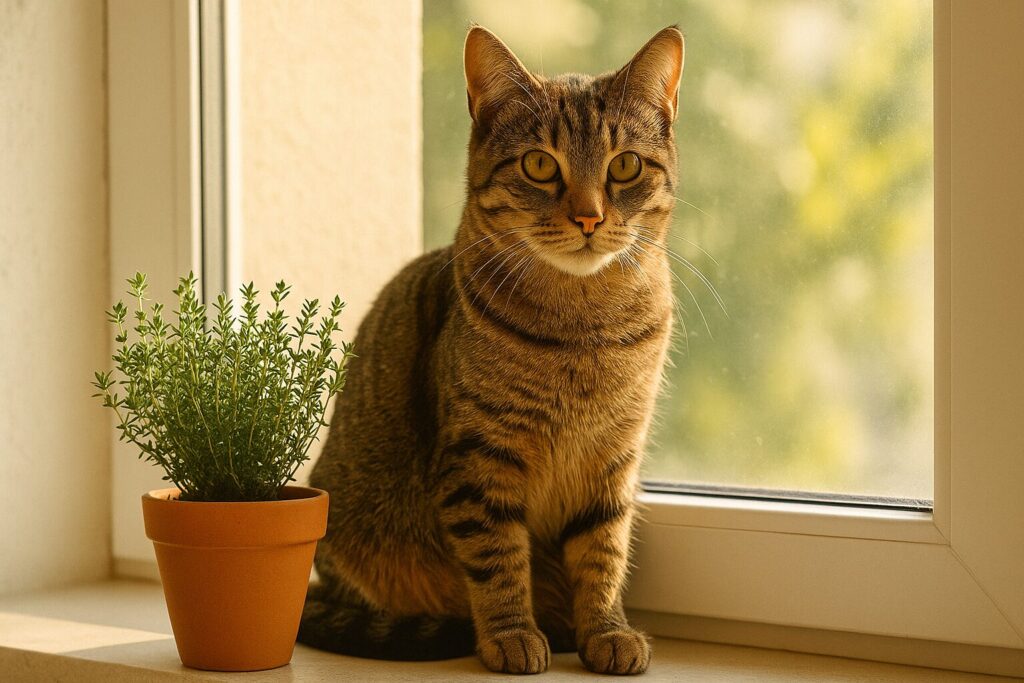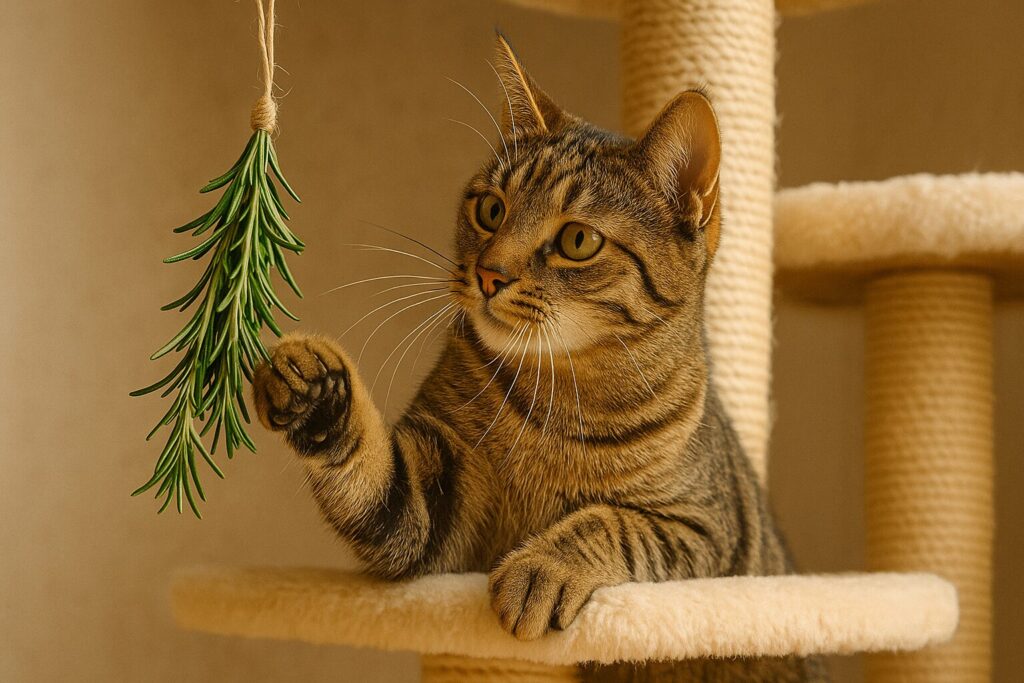Naming a cat is a special moment — part ceremony, part intuition, and sometimes pure comedy. Whether your new companion is a mischievous kitten or a dignified senior adoption, the right name just clicks. But have you ever noticed how cat names seem to follow trends, much like baby names? From the regal “Mittens” of yesteryear to today’s pop-culture darlings like “Loki” and “Luna,” the evolution of feline names says a lot about how our relationships with cats — and culture — have changed over time.
Let’s take a little stroll through history and see how our furry friends’ names have shifted from proper and prim to quirky, cute, and sometimes delightfully absurd.
Early Days: Formal and Fancy Felines
In the early to mid-1900s, cats were often given names that reflected the formality of the time — think Fluffy, Smokey, Boots, or Tiger. These names were descriptive and practical, emphasizing coat color or markings. Cats were frequently working animals — keeping barns, pantries, and ships free of rodents — so names tended to be functional rather than fanciful.
Occasionally, literary and royal influences crept in, especially among pedigree owners. You might meet a “Lady Whiskerly” or “Sir Thomas of Purr.” (Yes, Victorians were excellent at overdoing things.)
The 1960s–1980s: Pop Culture Arrives
By the 1960s, as cats became more beloved household companions than mousers, their names began to reflect our entertainment tastes.
Television and cartoons had a huge influence:
- Garfield (1978) quickly became a top name, thanks to Jim Davis’s lasagna-loving comic strip cat.
- Sylvester and Tom (of Tom & Jerry fame) were also household staples.
- Disney’s The Aristocats (1970) inspired a generation of Duchesses and Toulouses.
Human names started creeping into the mix too — Sam, Charlie, and Max weren’t just for people anymore. This shift reflected the growing sense that cats were members of the family, not just pets.
The 1990s–2000s: Cute, Quirky, and Internet-Inspired
If you had a cat in the ‘90s or early 2000s, chances are its name was something adorably silly or pop-culture adjacent. The Internet was blooming, and so were the memes.
Names like Misty, Shadow, Tigger, and Sassy topped the charts. At the same time, more eccentric picks began to rise — Spock, Gizmo, Pixel, and Ninja all reflected growing geek culture.
As cats became social media stars in their own right, online fame also shaped naming trends. “Keyboard Cat” and “Grumpy Cat” weren’t just viral sensations — they inspired waves of cats named Tardar Sauce, Smudge, and Bongo.
2010s to Today: The Era of the Luna Boom
In the last decade, cat names have become more human-like than ever — and Luna reigns supreme. According to data from the American Pet Products Association and naming surveys from sites like Rover and Trupanion, “Luna” has topped the charts for both cats and dogs for several years running.
Other consistent favorites include Oliver, Bella, Milo, Leo, Nala, Willow, and Cleo. Many of these overlap with popular baby names, showing just how integrated cats have become into our families.
Pop culture remains a powerful influence — Loki, Arya, Zelda, Simba, and Wednesday all reflect fandom culture’s reach. And with the rise of social media pets, originality has become a badge of honor: names like Chonky McFlufferson or Beans might sound absurd, but they’re perfectly on-brand for TikTok.
Why Cat Names Change
Cat naming trends shift for many of the same reasons human names do — pop culture, generational taste, and evolving social attitudes.
- Humanization of pets: As cats have moved from the barn to the bedroom, their names have followed suit.
- Cultural shifts: We now celebrate individuality and humor in our pets, not just dignity or beauty.
- Media and memes: From Disney to YouTube, cats are cultural icons, and their names reflect that influence.
Interestingly, while dogs tend to get classic or commanding names (Max, Buddy, Bella), cat names skew more playful, ironic, or mysterious — a perfect reflection of feline personality.
What’s Next? Predicting Future Favorites
If current trends continue, we can expect cat names to keep overlapping with human names — especially short, vowel-heavy ones that are easy to say and recall. Expect to meet more Milos, Lunas, Lilas, and Ollies.
But don’t be surprised if the next wave of names borrows from space, mythology, or nature — Nova, Freya, Poppy, Fig, and Jupiter are already on the rise. And as AI and tech culture continue to shape our lives, don’t rule out a future filled with cats named Pixel, Byte, Siri, or Echo.
Choosing the Perfect Name for Your Cat
Trends are fun, but the best name is one that fits your cat’s unique look and personality. Try observing your cat for a few days before deciding. Does she have a mischievous streak? Maybe she’s a Loki. A dignified gaze? Perhaps a Cleo.
Here are a few tips to find that “just right” name:
- Keep it short: Two syllables are easiest for cats to recognize.
- Test it out: Say the name out loud a few times — if it feels natural, it probably is.
- Think long-term: “Tiny” may not suit a 20-pound senior later on.
- Make it personal: Choose a name that makes you smile every time you say it.
Final Thoughts
From Boots to Beans, the evolution of cat names mirrors how our relationships with these mysterious creatures have deepened over time. Once the keepers of granaries, they’re now keepers of our hearts — and their names have grown just as colorful and expressive as the cats themselves.
So whether you go with a timeless Whiskers or a trendy Luna Stardust Von Purrington, know this: the best cat names are the ones that make you feel that unmistakable spark of recognition.
After all, when your cat answers to it — even just once — you’ll know you got it right.

